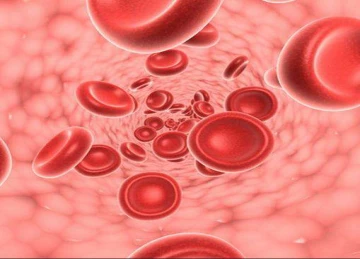Study finds ways to differentiate hematopoietic stem cells from adult umbilical cord

Study finds ways to differentiate hematopoietic stem cells from adult umbilical cord

Copyright © iCell Bioscience Inc, Shanghai 2018-2019
According to the survey data of relevant institutions, the current successful bone marrow matching is only 30%, and according to the American Cancer Society, the number of patients diagnosed with blood cancer in 2018 will reach 170,000.
Recently, researchers from the Stowers Medical Institute have discovered a way to differentiate into hematopoietic stem cells from adult cord blood. This method is more convenient for specific diseases, such as leukemia, blood disorders, immune system diseases, and cancer, except for a small number of successful cell transplantations for bone marrow transplantation.

Adult umbilical cord stem cells are more compatible than bone marrow transplants, but their number is difficult to meet the needs of today's transplantation therapies. If more umbilical cord adult stem cells can be obtained by technical means, the number of umbilical cords required can be reduced, which will be a huge improvement.
In this study, the researchers studied a protein involved in the regulation of multiple hematopoietic stem cell self-renewal pathways called Ythdf2. They found that specific modifications at the mRNA level can help hematopoietic stem cells self-renew and promote mRNA degradation.
By establishing a mouse-ship model, the researchers found that the loss of this protein increased the expression level of transcription factors and promoted the proliferation of stem cells.
By targeting and regulating the activity of this protein by means of RNA, it is possible to avoid the occurrence of carcinogenesis caused by DNA mutation. So this technology seems to be more secure and the scope of application will be broader.
 Loading ....
Loading ....
